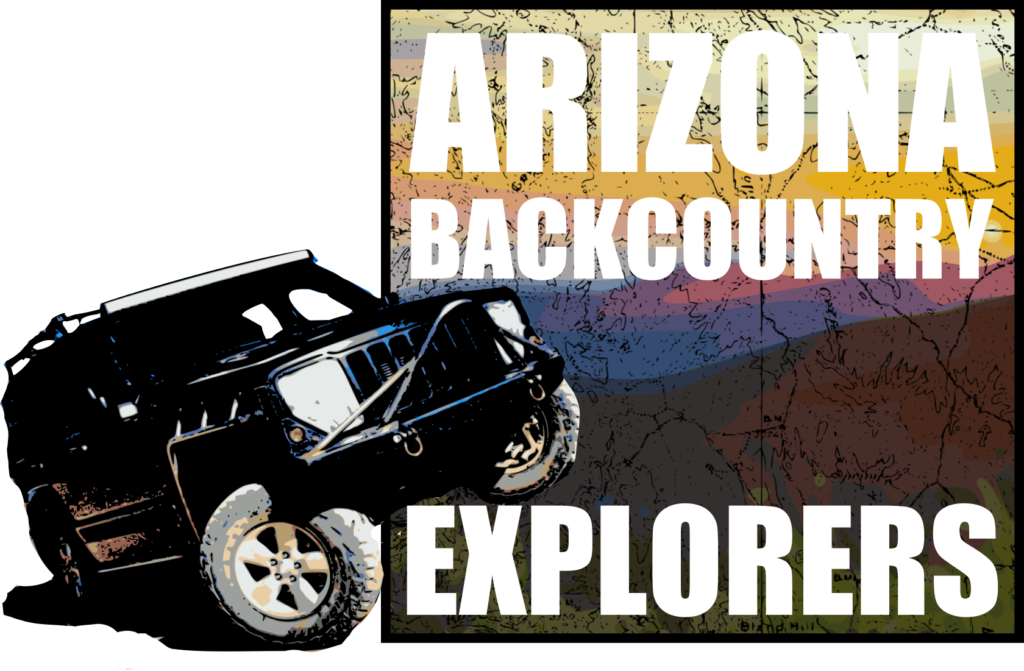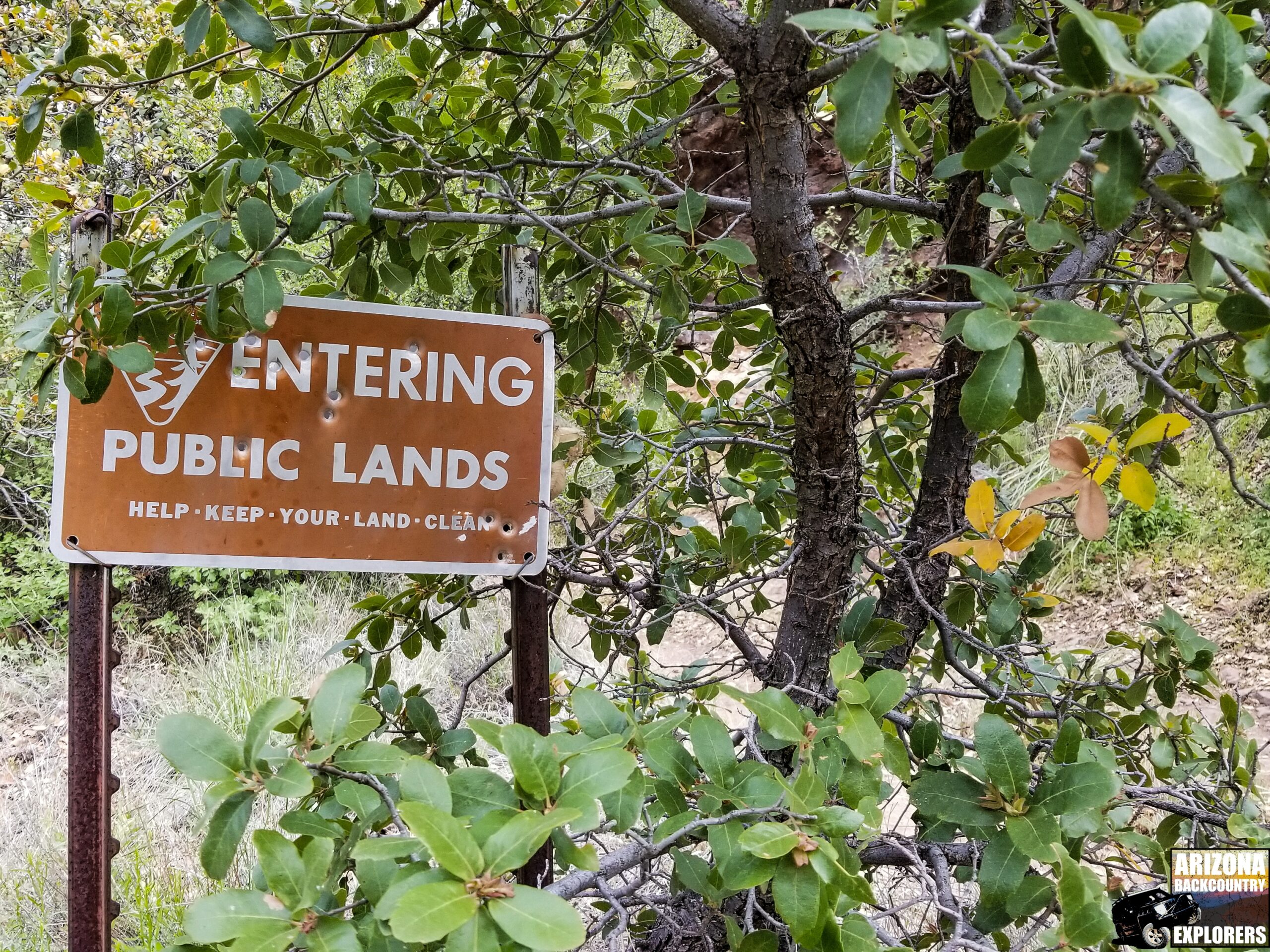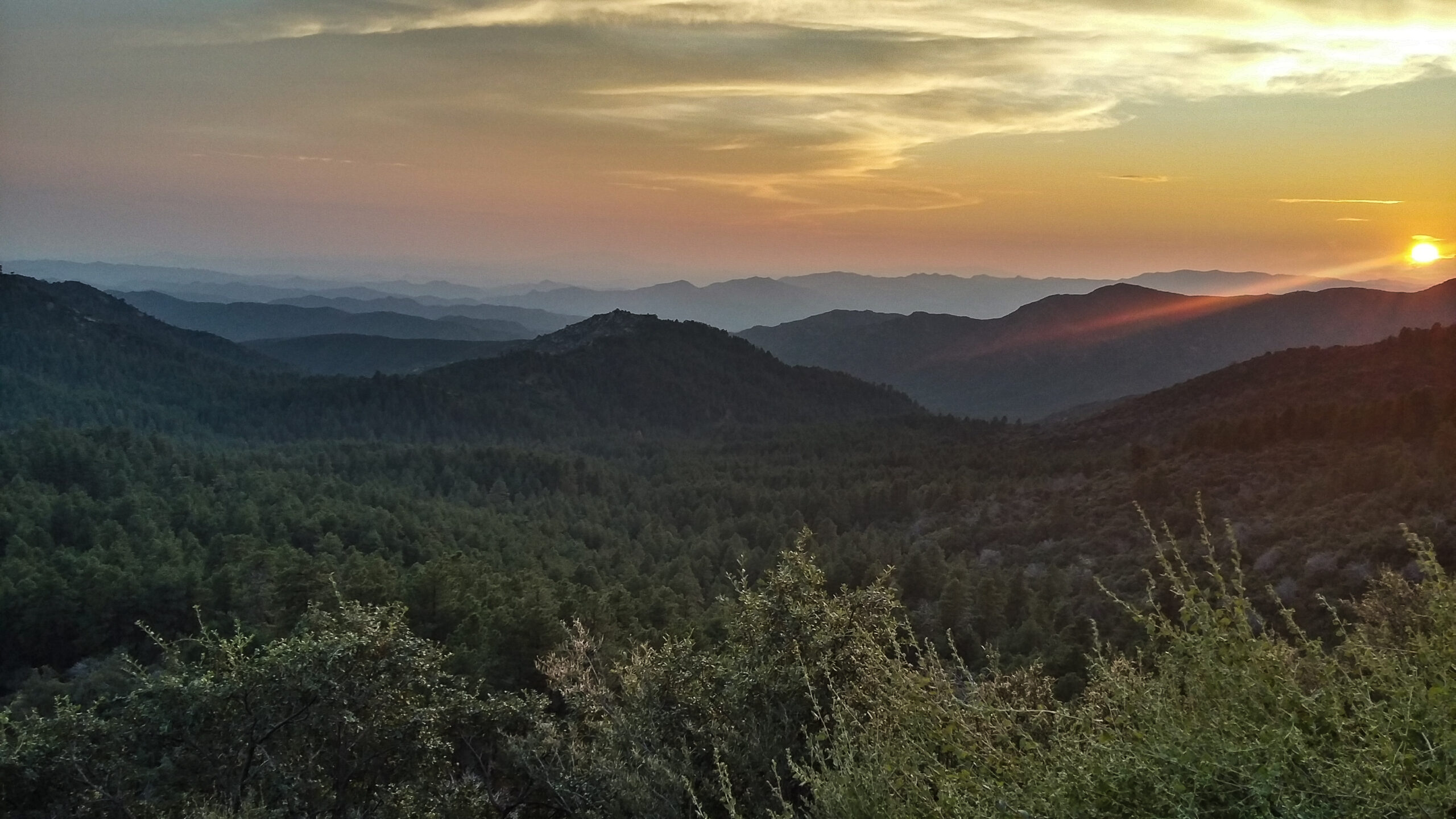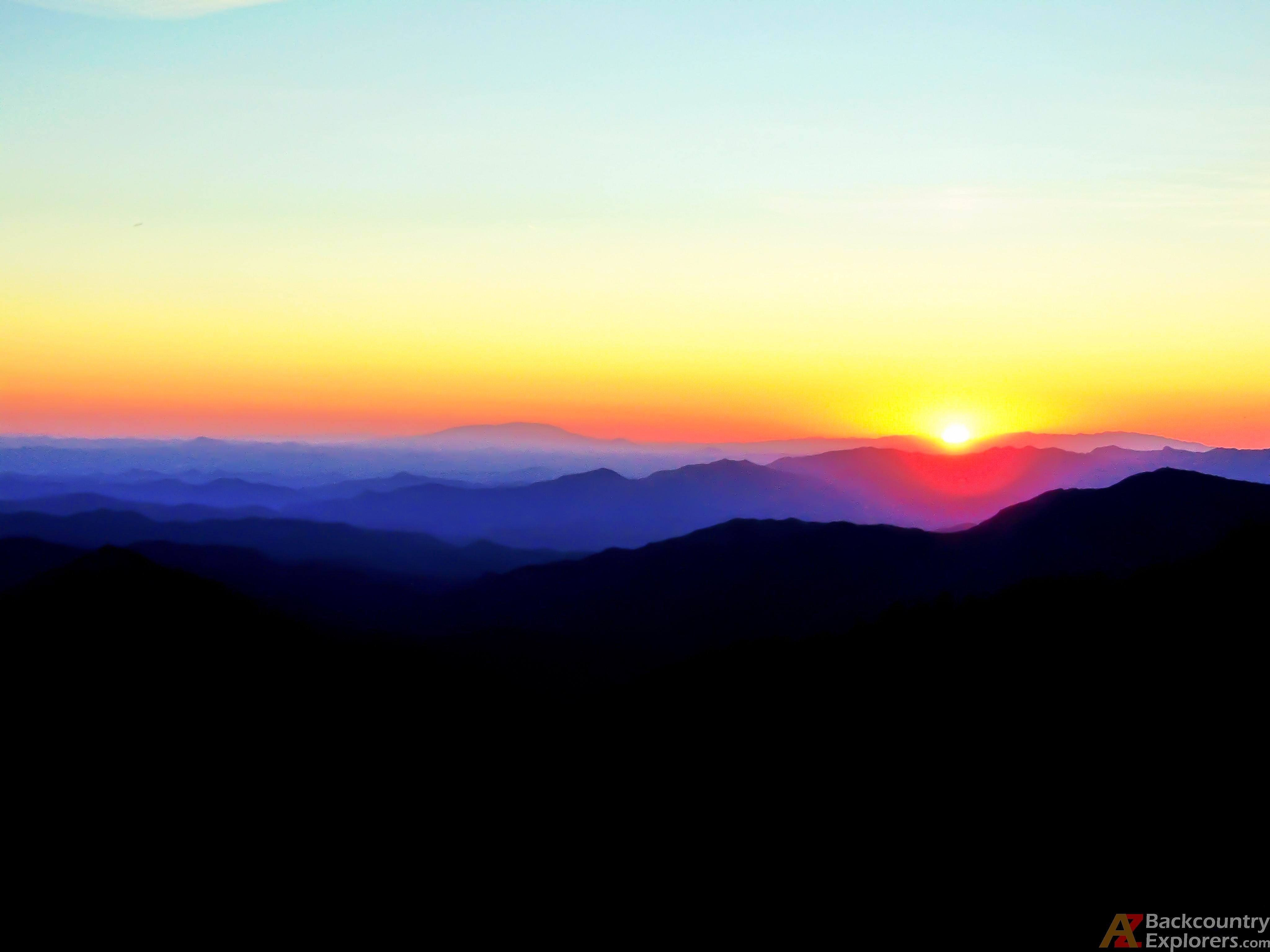Your cart is currently empty!
Posted in
Prior to the 1970s, motorized public land users mainly consisted of motorcycles, jeeps, snowmobiles, minibikes, go-karts, and Volkswagens. At this time, public land users were granted the fundamental right to construct “highways” under Section 8 of the Mining Act of 1866, otherwise known as Revised Statute 2477. Motorized users could travel across virgin soil, in any direction they pleased, to construct highways over public lands that were not reserved for public use. As a result, most of the roads we use to explore public lands today were created.
This practice persisted from 1866 until February 8th, 1972, when then-president Richard Nixon issued Executive Order 11644 to quell what the administration called “Unregulated Off-Highway Vehicle use.” The Executive Order demanded federal agencies to regulate cross-country travel and establish a “system of areas and trails” designated as open, closed, or limited to “off-road vehicle” use. The Executive Order, to this day, furnishes the only legal definition of “off-road vehicle” as “any motorized vehicle designed for or capable of cross-country travel on or immediately over land, water, sand, snow, ice, marsh, swampland, or other natural terrain.”
In response to Executive Order 11644, the U.S. Forest Service and the Bureau of Land Management established agency regulations regarding the governance of cross-country travel on public lands. They each developed policies to designate geographical areas where motorized users are allowed to travel cross country with certain exemptions.
In 1976, the Mining Act of 1866 was repealed by the Federal Land Policy Management Act, which is known as the Bureau’s charter and multiple-use mandate that emphasizes retaining federal ownership of public land. Although the Mining Act was repealed, the Act makes the Bureau’s actions subject to all valid existing rights, including Revised Statute 2477 rights of way.
“Nothing in this Act, or in any amendment made by this Act, shall be construed as terminating any valid lease, permit, patent, right-of-way, or other land use right or authorization existing on the date of approval of this act.”
FLPMA 701(a), 43 U.S.C. 1701 note (a).
“All actions by the Secretary concerned under this Act shall be subject to valid existing rights.”
FLPMA 701(h), 43 U.S.C. 1701 note (h).
“Nothing in this title shall have the effect of terminating any right-of-way or right-of-use heretofore issued, granted, or permitted.”
FLPMA 509(a), 43 U.S.C. 1769(a).
The following year, Executive Order 11644 was amended by Executive Order 11989 by President Jimmy Carter to include Section 9. Section 9 directs the agency head to immediately close trails and areas to the type of off-road vehicle they determine causes or will cause “considerable adverse effects on the soil, vegetation, wildlife, wildlife habitat, or cultural or historic resources of particular areas.”
In general, federal land management agencies designate geographical areas in one of three categories as described below.
Open: The BLM designates areas as “open” for intensive ORV use where there are no compelling resource protection needs, user conflicts, or public safety issues to warrant limiting cross-country travel.
Limited: The agency designates areas as “limited” where it must restrict ORV use in order to meet specific resource management objectives. These limitations may include: restricting the number or types of vehicles; limiting the time or season of use; permitted or licensed use only; limiting use to existing roads and trails; and limiting use to designated roads and trails. The BLM may place other limitations, as necessary, to protect resources, particularly in areas that motorized OHV enthusiasts use intensely or where they participate in competitive events.
Closed: The BLM designates areas as “closed” if closure to all vehicular use is necessary to protect resources, ensure visitor safety, or reduce use conflicts
National Management Strategy for Motorized Off-Highway Vehicle Use on Public Lands
By the year 1999, thousands of miles of roads were closed on a case-by-case basis, with a vast majority of public lands closed or limited to cross-country travel. At that time, OHV designations consisted of 94,958,435 acres of public land open to cross-country travel; 10,570,171 acres were closed; 126,276,664 acres were limited, and 26,441,557 acres were undesignated.
Managing the movement of people on public lands
This is when the federal government’s attempt to manage the movement of people on public lands started to take hold. As you can imagine, Executive Order 11644 was a massive change to the traditions practiced by generations of public land users. It has taken decades to make this transition and convince motorized users to stay on existing roads.
Driving off established roads is frowned upon by most of the 4×4 and motorized user community. Because of this sentiment, motorized users, especially the older crowd, believe that closures are the result of individuals violating this principle.
During the rule-making process for implementing the provisions of Executive Order 11644, as amended, anti-access groups wanted the Bureau to restrict Off-Highway Vehicles to designated roads. The Bureau of Land Management asserted that Executive Order 11644 never intended to limit motorized use of roads and explicitly rejected the idea, referring to it as “more restrictive.”
“There were many suggestions to establish criteria that would confine off-road vehicles to designated roads and trails. Executive Order 11644 provides for the designation of “areas and trails” rather than the more restrictive “roads and trails” … Numerous comments wanted the regulations to control hunting, firearms and registration as they relate to off-road vehicles. These are activities in which the States have traditionally established standards of control, and there is no intent to interfere in this function. Standards of control in these regulations have been limited to situations where the States either have no controls, or their controls may be considered insufficient for off-road vehicle activities on public lands.”
44FR 34834 June 15, 1979
In response to the Government Performance and Results Act of 1993, the Bureau of Land Management later released its 2000-2005 strategic plan that made OHV regulations a top priority for the Bureau. Under the long-term goal 1.1.3 of the plan, the Bureau asserts, “the increased use of off-highway vehicles (OHVs) is leading to a crisis situation in some areas. Many public lands are either undesignated or open for OHV use.”
Simultaneously, in the year 2000, the Bureau developed the National Management Strategy for Motorized Off-Highway Vehicle Use on Public Lands and the National Mountain Bicycling Strategic Action Plan in 2001. To this day, you can find the Management Strategy referenced in the Bureau of Land Management employee policy 1626 manual as a technical reference for managing OHV issues. The Management Strategy is also used by the US Forest Service, National Park Service, and Bureau of Reclamation, and is even referenced by the US Forest Service while consulting with land management planning in foreign nations.
In 2003, the Bureau of Land Management released its Priorities for Recreation and Visitor Services, where the Bureau officially made Travel Management Planning a long-term priority. In the new commitment to the public, the Bureau pledged to transform the management of public lands away from the “traditional activity-based approach to management.”
From this point forward, the governance of roads on public land has significantly changed. It no longer matters how seriously public land users take good stewardship and etiquette.
The Travel Management Process will be conducted even if every public land user follows every federal regulation and administrative decision.
“It is important to note that this strategy is indicative of a distinct shift from a traditional activity-based approach to management, to managing for specific individual, social and economic benefits.”
Part three of the plan lists BLM’s priorities. Goal number one is to “Improve Access to Appropriate Recreation Opportunities on Department of the Interior (DOI) Managed or Partnered Lands and Waters” to “establish a comprehensive approach to travel planning and management.”
Under part three, goal one, objective one, the Bureau lists five milestones, each containing multiple actions to achieve its goals.
Milestone 1: Address comprehensive travel management through the land-use planning process and through statutorily required planning efforts to improve access and recreation opportunities and experiences.
Milestone 2: Improve on-the-ground travel management operations and maintenance programs to sustain and enhance recreation opportunities and experiences, visitor access and safety, and resource conservation.
Milestone 3: Improve signing, mapping, and travel information and education for BLM public lands visitors.
Milestone 4: Implement comprehensive travel management through national strategies for motorized, mechanized, and non-motorized recreation.
Milestone 5: Expand and pursue partnerships, sources of funding, and guidance for transportation and travel management.
In response to this, the Bureau revised federal regulations in 2002 implementing the Travel Management Rule. This revision repealed multiple provisions in Title 43 Part 8340 that referenced the historical grant issued under the Mining Act of 1865. These provisions specifically recognized the road as a property right of the state while applying state law.
Amendments
Bureau of Land Management regulations concerning Executive Order 11644 can be found in Title 43 Part 8340 of the Code of Federal Regulations. Multiple subparts of Part 8340 have been amended over the years. As a result, the original intent of Executive Order 11644 has been compromised by the Bureau.
Policy Manuals
These Policy Manuals guide Bureau employees in the implementation of the Travel Management process. It is important to note that these manuals apply RS 2477 and state law when governing roads on public lands.
| Policy Manual | |
|---|---|
| 1626 | Travel and Transportation Management Manual |
| 2870 | Grant Administration |
| 2809 | Special Considerations to Manuals 2801- 2807 |
| 2801 | Rights-of-way – General |
Read Title 43 Part 8340 as amended.
Below, you can read the Code of Federal Regulations concerning the Bureau’s Travel Management Policy.
It’s no longer the 1970s
The Bureau’s attempt to control travel on public lands has been ongoing for over 50 years and has morphed from regulations made at the local level into a blanket regulation for all public lands from coast to coast.
Local clubs and motorized use advocates need to remember that it’s now 2022. Land use is governed differently, and the leadership in our community cannot use the same tactics to keep roads open. Although necessary, education alone is not sufficient enough to secure the motorized use of our public lands in the face of ever-changing policies.
Tags:
You may also like…

Visit the AZBackroads.com Store

Please Become A Member
We need your help to keep our backroads open. Please join today!






